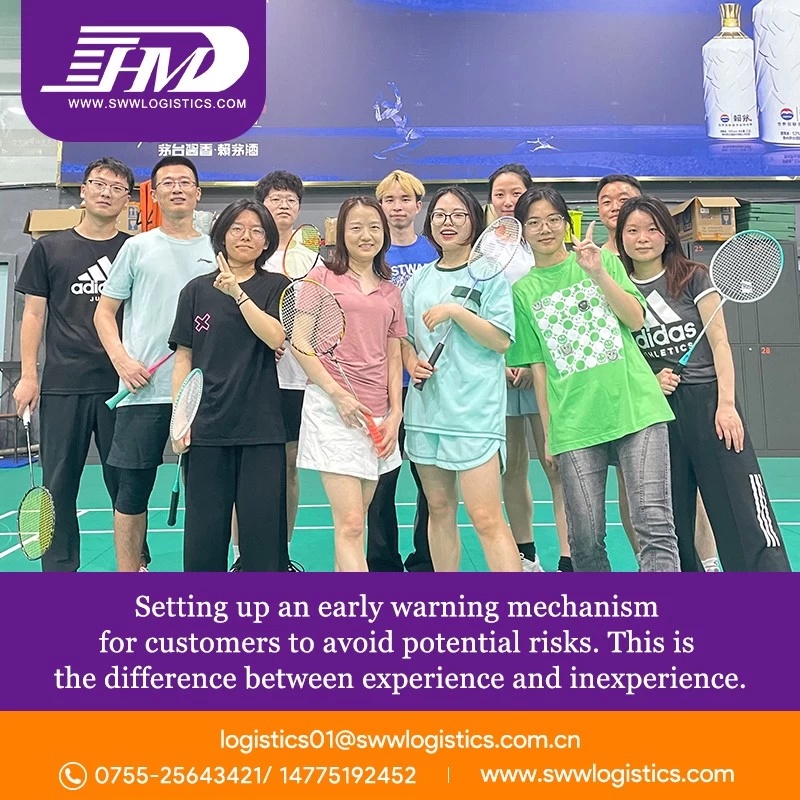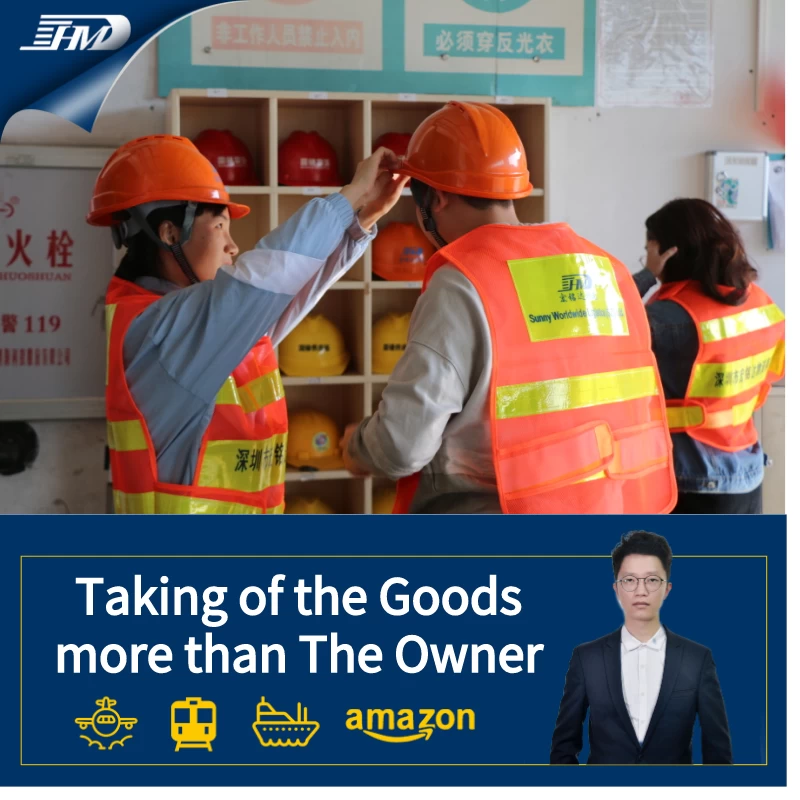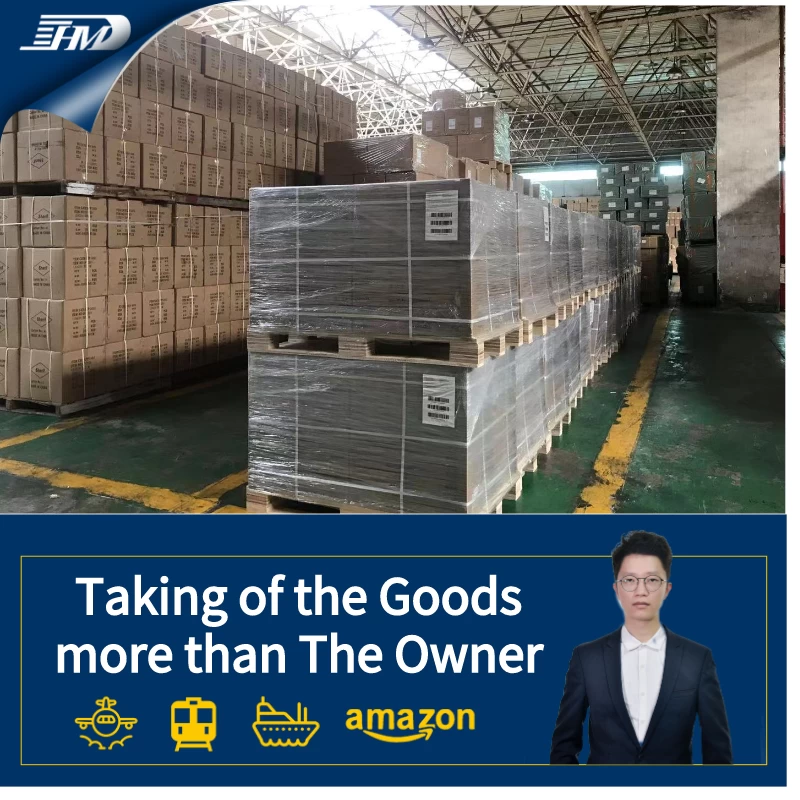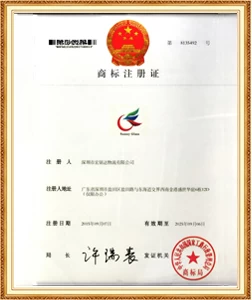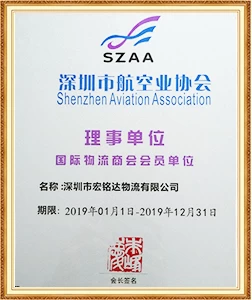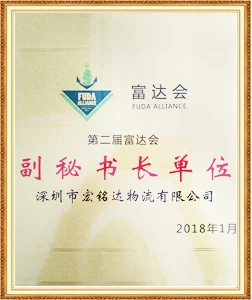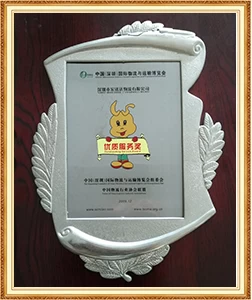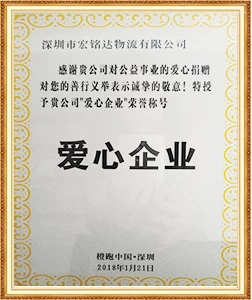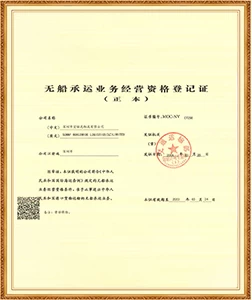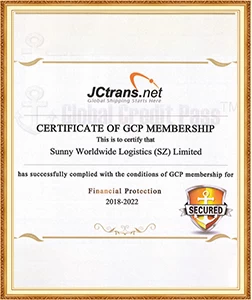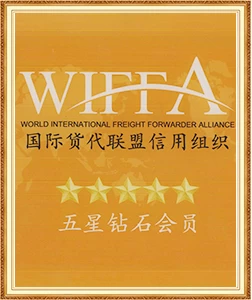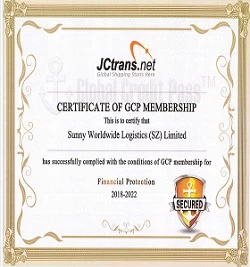Under the rush to transport, concerns about port congestion have increased
Sunny Worldwide LogisticsIt is a logistics company with more than 20 years of transportation experience, focusing on markets such as Europe, America, Canada, Australia, Southeast Asia, etc., and is more than the owner of the cargo owner.

Flexport said that congestion in Europe continued to worsen, Bremen's labor restrictions "beyond expectations" and stakeholder options were "very limited".
Congestion in Europe is still deteriorating
"The port situation is different, with congestion on average about 5 to 6 days," said Jannik Amstutz, senior manager of German shipping at Flexport.
He added, "Although the weather is good, too little rainfall does not help the Rhine level, allowing us to make full use of barges, especially those from Antwerp and Rotterdam. So this could exacerbate congestion."
Meanwhile, Maersk said Bremen Harbor experienced “a sharp and unexpected decline in the labor force during Easter, Advent and the Ascension Holidays”.
Maersk warned that “though seasonal changes are considered in the plan, the decline this year exceeded expectations. Further labor restrictions are expected as more holidays approach.”
To alleviate these bottlenecks, Maersk has extended its emergency measures until the end of May, "by which time the terminal productivity is expected to return to normal levels."
As part of the emergency measures, Maersk has adjusted its AE5 route from Bremenport to appoint Nordic Pier. It is worth noting that Bremen is also a key hub in the "Gemini" network.
"Rest assured that our team will maintain close contact with terminal operators and do everything possible to control the situation and reduce delays."
Jannik Amstutz, senior manager of German shipping at Flexport, warned that it would be difficult to find other ports to unload the goods for European importers.
"Some ports have low congestion, but there are also a day or two, so the impact remains," he said.
He explained that, normally, for imports of goods from “parts of Europe”, including Austria, Switzerland and Germany, “Mediterranean ports have always been tools to avoid congestion in Nordics.” "But that was when the ship passed through the Suez Canal."
“So, due to the Red Sea crisis, in fact, this solution does not exist at present because the transportation time to the Mediterranean is also longer.”
He concluded, “For now, when it comes to shipping to Nordic, there are very limited alternatives.”
Amid the rush to freight, concerns about congestion in U.S. ports are intensifying
As China and the United States seek to ease tensions through dialogue and press the 90-day "pause button", the collective transportation market has quickly gone from a "stop tide" to a "rush to freight tide", and liner companies have also heard the news and readjusted their capacity deployment. Analysts pointed out that the intensive resumption of flights and overtime ships may lead to congestion in ports in the United States and West, reappearing the disaster scene during the epidemic.
"Western ports responded poorly to the surge in cargo," said JOC's Peter Tirschwell, who warned that shippers should expect congestion and delays in the coming months.
It is reported that liner companies including ZIM, Mediterranean Shipping (MSC), Premier Alliance and KMTC have launched new trans-Pacific routes, or resumed routes that have just pressed the "pause button" due to the Trump 2.0 tariff war, and even overtime ships have appeared.
According to Alphaliner, more than 166,000 TEU of capacity will return to the trans-Pacific route.
With the return of capacity and the addition of overtime ships, Hapag-Lloyd CEO Rolf Habben Jansen questioned whether certain port infrastructure is “mature enough” to meet demand.
He noted, “Looking forward to the next three, four or five years, there will be some limitations in port infrastructure in many markets, which means it is a good thing to have several additional ships available because if you can’t get into the port, you need 1 week on average, then you need 1 extra ship to provide the same type of service.”
Peter Tirschwell of JOC also talked about this, saying that it takes longer to build a port than to build a ship, and that the port infrastructure is far behind the growth of ships, not only in quantity but also in scale, he claimed that the ships were "too big and too fast", which led to congestion and under-capacity of market capacity.
He added, “Western ports respond poorly to the surge in cargo…There has not changed any changes in the structure of ports in the US since the pandemic, which means there is no large-scale investment and no stronger information system to promote the smooth flow of goods when they surge. Therefore, as goods surge, the transportation of goods through these ports is likely to slow down.”




